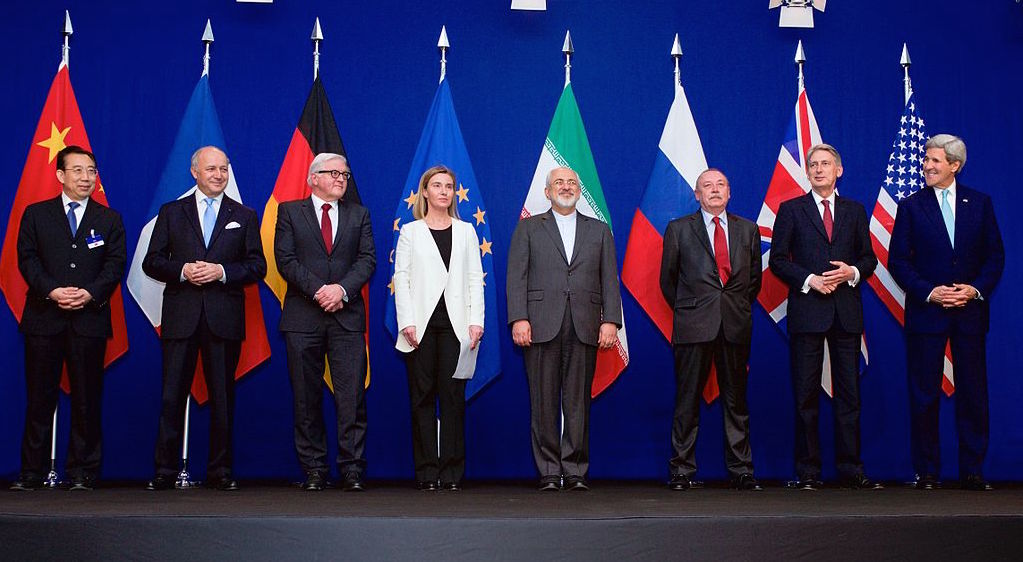Part I of the series can be found here.
Digital trade is already an incredibly important element of our global economy. Because it will only continue to grow in importance, it is essential that national, regional, and international bodies better facilitate electronic transactions so corporations and SMEs can further engage in the digital environment.
In e-Commerce Part I, I addressed how the lack of international coordination, nationally-created barriers to digital trade, and regional fragmentation are shortcomings in how we currently address electronic commerce. In this section, I will offer suggestions on both national and international levels to facilitate digital trade and maximize the benefits of e-commerce in the short term and the long term.
National: Remove Barriers to Digital Trade
A 2014 US International Trade Commission (USITC) survey cited that data localization requirements and “other market access limitations” (such as foreign direct investment requirements, distribution rights, and trade rules) as “obstacles to digital trade.”
While all countries have the right to regulate the goods and services that enter their country (including products facilitated by e-commerce), digital trade has become such an important market outlet for both SMEs and corporations that even just maintaining restrictive regulations can be detrimental to one’s domestic economy. One of the easier barriers to lift would be data localization requirements, which would not only allow more products into one’s country but also allow smaller companies to find data hosts they can afford to engage with international customers.
National: Educate SMEs
Beyond reducing barriers to digital trade domestically, each country should make a substantial effort to educate their SMEs on how they can better utilize digital markets. A 2016 survey by the US National Small Business Association found that 37% of the firms surveyed were not exporting their goods because of “a lack of knowledge about international markets.” The USITC also cited general uncertainty in legal liability rules and unclear customs procedures as “obstacles to digital trade.”
This comes down to increased support for SMEs wanting to engage in the digital market, something that the WTO Work Programme has consistently supported. The benefits for one’s domestic economy of simply teaching SMEs how to enter the international market digitally and manage consumer data safely are massive relative to the costs. Individual governments can also help by simplifying the provisions for international trade from complex bilateral and multilateral trade agreements into easy to understand key points.
International: Embrace Regional Cohesion (Not Fragmentation)
As I mentioned in Part I, there are too many technical details preventing the WTO Work Programme on Electronic Commerce from creating comprehensive guidelines for the facilitation and regulation of e-commerce in the near future. In the short term, perhaps bilateral and regional agreements incorporating e-commerce provisions may be the strategy to establishing beneficial, pro-trade principles for digital trade.
Between the EU’s Digital Single Market, the TTIP, and the TPP, all of which are still being negotiated, the e-commerce provisions are attempting to reduce barriers to digital trade within participants’ borders. This will definitely prove beneficial for digital trade within these regions within the short term. However, whereas the long term strategy should be increasing digital trade between all regions around the world equally, these regional agreements could lead to a ‘fragmentation’ in e-commerce standards. Facilitating trade between regions will be easier since the e-commerce provisions within regional agreements will be tailored to fit the economies, levels of development, and regional views on social digital issues (such as data collection) of those participating countries. However, different regions with different characteristics may lead to standards being developed in one region that are not compatible with the elements of another region. The greater these incompatibilities, the harder it will be to transition digital trade provisions from regional agreements to a single international standard in the future. Keeping the long-term goal in mind, it would be easier for regional agreements to be unified later if they shared the same underlying principles.
A good example of the beneficial principles of e-commerce that should be reinforced can be seen in the 2011 EU-US Trade Principles for Information and Communication Technology Services. The agreement outlined a number of really good provisions that encouraged increased information flows and digital economic exchanges between the two regions, including open networks access and use, cross-border information flows, regulatory cooperation, and a promise to not require data localization for foreign-owned companies operating ICTs in the other’s region. While the Snowden leaks in 2013 has made the EU weary of US digital activity on the grounds of privacy concerns (and we may see the impact of this in the TTIP), the principles established in the document for ICTs would be a good base for negotiations in all different regions to encourage greater digital trade.
International: Integrate Developing Countries
Finally, it is immensely important to carry out the WTO Work Programme’s dedication to integrating developing countries so they can participate in e-commerce. In a 2015 US Trade Commission Digital Trade Roundtable, it was pointed out that the developing world holds 90% of the growth opportunities within digital trade. However, only 33% of individuals in those developing countries currently have access to the internet.
Where the problem can be tied to a lack of ICT infrastructure development, initiatives to increase internet availability and accessibility in developing countries will open the door to accelerating the benefits of digital trade. Besides unlocking the growth opportunities in those regions, bringing developing countries up to speed in digital trade may finally allow the WTO Work Programme to begin serious discussion on how to create international standards that maximize digital trade for all regions, developing and developed.
Ultimately, digital trade is the future of our global economy. If we are truly to maximize the profits locked within international e-commerce, we need to shift our focus from simply tolerating digital trade as a part of the physical exchange of goods and services to redefining digital trade at its core. Until the international community can come together to create a unified standard for digital trade, it is up to national and regional economies to facilitate e-commerce to the best of their abilities.
Photo: Ministers of Foreign Affairs and other officials from P5+1 countries, the EU, and Iran (2015) via Wikimedia Commons. Public Domain.
Disclaimer: Any views or opinions expressed in articles are solely those of the authors and do not necessarily represent the views of the NATO Association of Canada.




